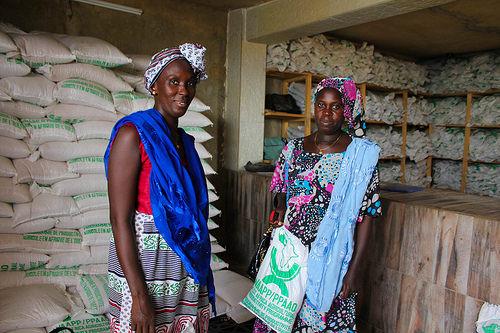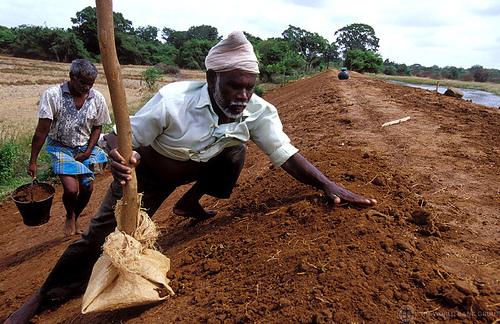
Hybrid


The Syngenta Foundation’s Kilimo Salama weather index insurance program has taken off in Kenya and has recently expanded to Rwanda and Tanzania. Beginning in 2009 with a pilot project offering index insurance to 200 farmers, at last count 51,000 farmers in Kenya and 14,000 farmers in Rwanda have the insurance. In 2011, Kilimo Salama’s partner UAP Insurance collected KSh 19 million in premium payments, and premium revenue has nearly doubled to KSh 33 million in just the first six months of 2012. These premium volumes are approaching levels than can make index insurance economically sustainable

Argentina’s agriculture sector is very vulnerable to weather risks. For instance, cotton in the Chaco Province - the most important cotton producing area in Argentina and the third poorest province - is very exposed to drought, excess rainfall and pests. Similarly, cattle-rearing in southwest Buenos Aires Province is very exposed to droughts which impact severely on pasture production.

Agricultural insurance was introduced in Nigeria in 1987 through the creation of the Nigerian Agricultural Insurance Scheme (NAIS). In 1993, the private company in charge of underwriting and implementing the NAIS was dissolved and replaced by a public-sector corporation, the Nigerian Agricultural Insurance Corporation, NAIC. Currently, NAIC writes a portfolio of crop, forestry, livestock, poultry and aquaculture insurance and also non-life commercial insurance lines. NAIC has received government support both in the form of the initial capitalization of the company and 50% premium subsidies on
Benin is a small country with a population estimated at just under 10 million in 2011, and the national economy relies on the agriculture sector, in particular on cotton. Indeed, the agriculture sector accounts for about 32% of GDP and is the source of livelihood for nearly 70% of the country’s workforce. As part of its Growth and Poverty Reduction Strategy (2011-2015), Benin has identified agricultural diversification and improved agricultural productivity as two key priorities.
With the amendment of the Insurance act in 2011, the IRA of Uganda has become in charge of the regulation of micro-insurance. One of the main products considered under this business is a microinsurance product for farmers which would enhance their access to credit.
